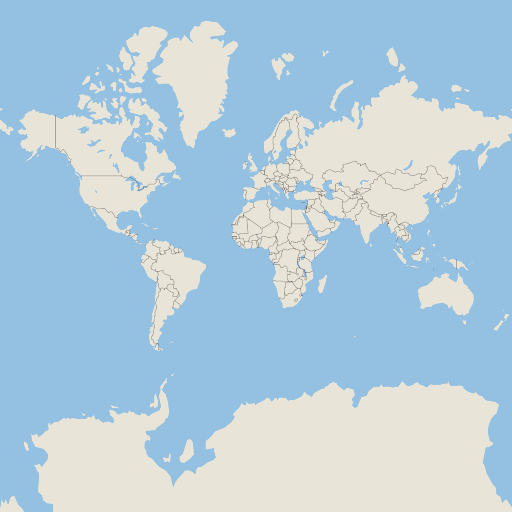Building with MSYS2
Prerequisites
You must have MSYS2 installed. Then launch an window, which can be UCRT64, CLANG64, CLANGARM64 or MINGW64.
You need to install the required packages:
pacman -S --needed \
git \
${MINGW_PACKAGE_PREFIX}-toolchain \
${MINGW_PACKAGE_PREFIX}-clang \
${MINGW_PACKAGE_PREFIX}-cmake \
${MINGW_PACKAGE_PREFIX}-angleproject \
${MINGW_PACKAGE_PREFIX}-curl-winssl \
${MINGW_PACKAGE_PREFIX}-dlfcn \
${MINGW_PACKAGE_PREFIX}-glfw \
${MINGW_PACKAGE_PREFIX}-icu \
${MINGW_PACKAGE_PREFIX}-libjpeg-turbo \
${MINGW_PACKAGE_PREFIX}-libpng \
${MINGW_PACKAGE_PREFIX}-libwebp \
${MINGW_PACKAGE_PREFIX}-libuv
Then everything is ready to start.
Downloading sources
Just clone the repository:
git clone --depth 1 --recurse-submodules -j8 https://github.com/maplibre/maplibre-native.git
cd maplibre-native
Configuring
Configure the build with the following command, replacing <preset> with opengl, egl or vulkan, which are the rendering engines you can use. If you don't know which one to choose, just use opengl:
cmake --preset windows-<preset> -DCMAKE_C_COMPILER=clang -DCMAKE_CXX_COMPILER=clang++
Building
Finally, build the project with the following command, again replacing <preset> with the value you choose in the configure step:
cmake --build build-windows-<preset>
Testing
If all went well and target mbgl-render or ALL_BUILD was chosen, there should now be a build-windows-<preset>/bin/mbgl-render.exe binary that you can run to generate map tile images. To test that it is working properly, run the following command.
./build-windows-<preset>/bin/mbgl-render.exe --style https://raw.githubusercontent.com/maplibre/demotiles/gh-pages/style.json --output out.png
This should produce an out.png map tile image with the default MapLibre styling from the MapLibre demo.

Using your own style/tiles
You can also use the mbgl-render command to render images from your own style or tile set. To do so, you will need a data source and a style JSON file.
For the purposes of this exercise, you can use the zurich_switzerland.mbtiles from here, and the following style.json file.
{
"version": 8,
"name": "Test style",
"center": [
8.54806714892635,
47.37180823552663
],
"sources": {
"test": {
"type": "vector",
"url": "mbtiles:///path/to/zurich_switzerland.mbtiles"
}
},
"layers": [
{
"id": "background",
"type": "background",
"paint": {
"background-color": "hsl(47, 26%, 88%)"
}
},
{
"id": "water",
"type": "fill",
"source": "test",
"source-layer": "water",
"filter": [
"==",
"$type",
"Polygon"
],
"paint": {
"fill-color": "hsl(205, 56%, 73%)"
}
},
{
"id": "admin_country",
"type": "line",
"source": "test",
"source-layer": "boundary",
"filter": [
"all",
[
"<=",
"admin_level",
2
],
[
"==",
"$type",
"LineString"
]
],
"layout": {
"line-cap": "round",
"line-join": "round"
},
"paint": {
"line-color": "hsla(0, 8%, 22%, 0.51)",
"line-width": {
"base": 1.3,
"stops": [
[
3,
0.5
],
[
22,
15
]
]
}
}
}
]
}
Note that this style is totally inadequate for any real use beyond testing your custom setup. Don't forget to replace the source URL "mbtiles:///path/to/zurich_switzerland.mbtiles" with the actual path to your mbtiles file.
From your maplibre-native/ dir, run the following command.
./build-windows-<preset>/bin/mbgl-render.exe --style path/to/style.json --output out.png
This should produce an out.png image in your current directory with a barebones image of the world.
